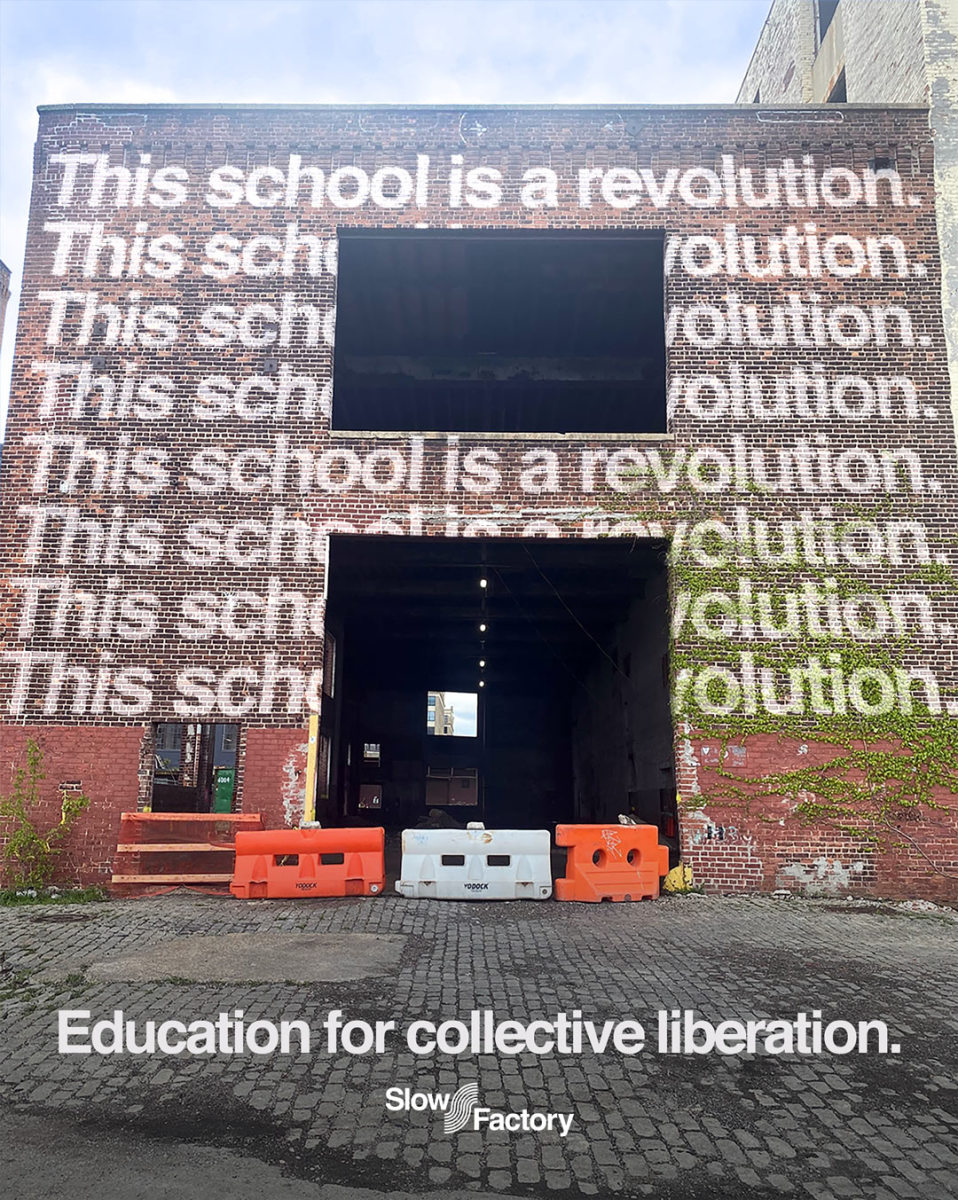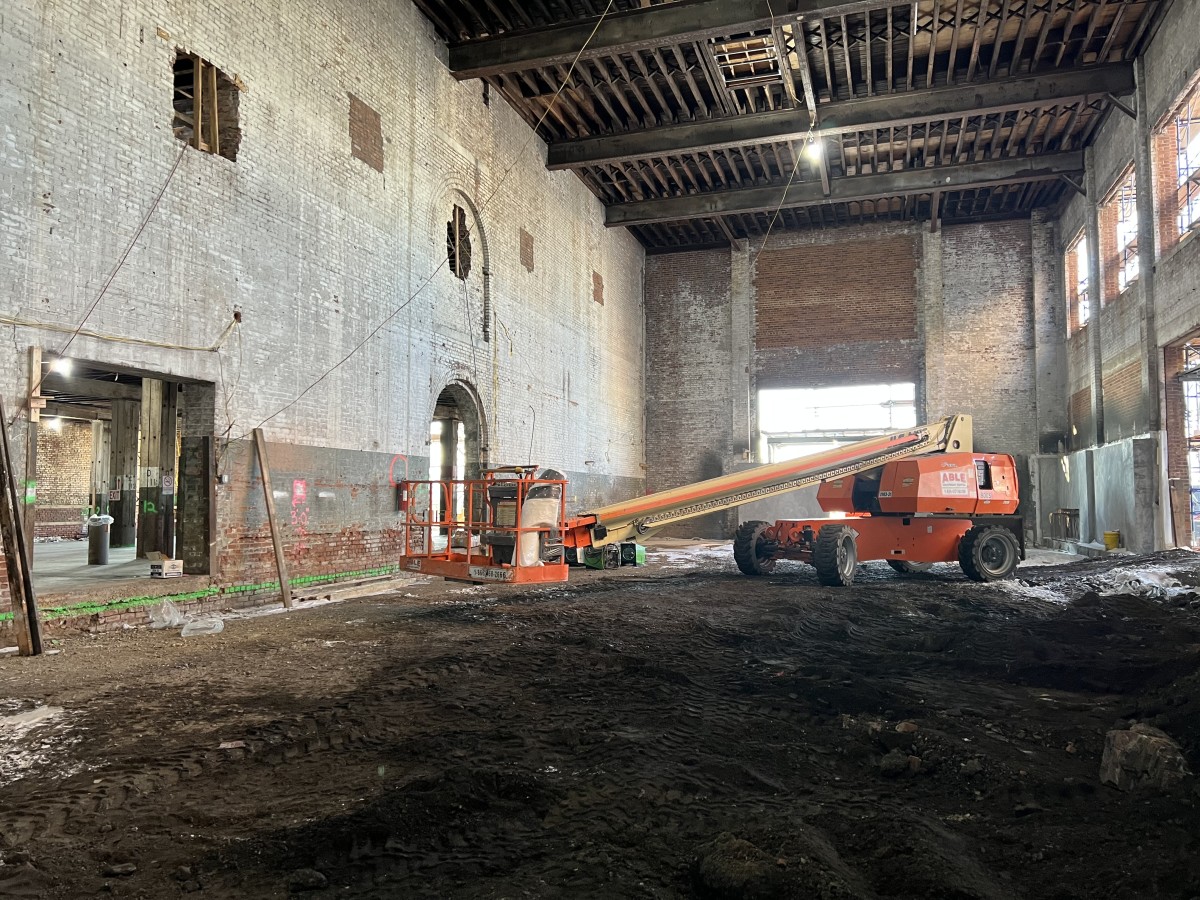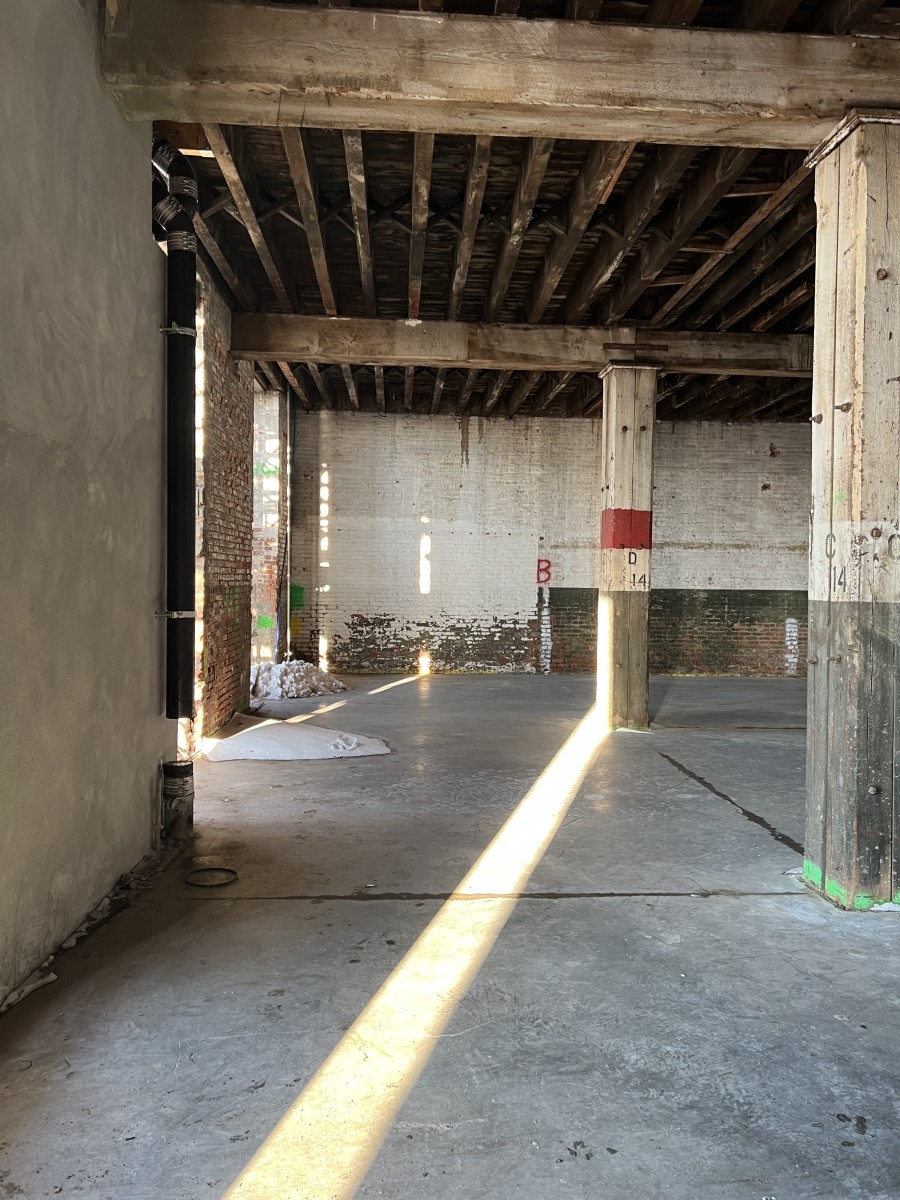Photo: Courtesy of Slow Factory
When people talk about "sustainable fashion," they're often referring to a type of clothing made in response to a small set of problems in the industry. Of course, plenty of them need to be addressed: Overproduction, toxic dyes, water usage and abusive labor practices are just a few of the issues that come up regularly. However, most of the current solutions we have are used to sell more clothing without confronting the fundamental and overlooked issue of what happens at the end of a garment's life — the answer to which isn't as simple as buying or even making less clothing. It has to also include centering sustainability before a garment is even born.
The Slow Factory founder Céline Semaan believes an education gap within the industry may be the reason this critical piece is often overlooked. That's why she's now working with New York City to have her organizations' free sustainability courses to more people — and in person.
This week, New York City Mayor Eric Adams announced that the Slow Factory's Open Education program, which currently hosts classes that teach sustainability principles to the fashion industry online, will have a new, in-person home at the Made in New York factory in Sunset Park, Brooklyn — the first IRL outpost for what will be called the Slow Factory Institute.
"In New York, we're leading the way and showing that prioritizing sustainability can go hand-in-hand with the fashion industry," the Mayor said, in a statement.
According to a press release, Semaan's organization will help bring 460 fashion jobs to the site and train 500 people, bringing in around $57 million in economic output. Classes will range from material science and bio design to disassembly and upcycling, with the goal of teaching designers and garment workers how to create work from already existing fabrics. The school will receive 10,000 tons of textile waste that will be used to teach designers techniques for reassembly.
"The way that the [fashion] education system is designed right now mimics the way that our system is built. We're teaching people how to sell for a very immediate usage and an immediate throwaway culture," Semaan tells Fashionista. "There aren't any classes focused on design for disassembly unless it's in a crafty, kind of cute way. It's not designed for scaling — it's designed as a craft, but this craft is very important. We need to figure out ways to scale that and culturally, to expand that into something that's accessible."
In New York City alone, the average person creates about 46 pounds of clothing waste per year, totaling around 200,000 tons of textiles that end up in landfills around the world. The sad irony, Semaan points out, is that in countries like Ghana, Pakistan, Sri Lanka and Chile, where our discarded clothing often goes, techniques and principles for upcycling have been championed for centuries. Most designers just haven’t been paying attention.
Recommended Articles
"That's why the [current] program is mainly taught by people of the global majority," she says, going on to explain how elevating the voices of teachers who understand the global impact of fashion is essential, because their collective knowledge is how we make progress. "Right now, this knowledge from the global majority is being overlooked and exploited. When it is championed, it's by designers who are white, and not people of color.”
As a result, the Slow Factory's most popular class on cultural appropriation will also be taught in person. "We're not inventing new solutions necessarily, but we're voicing the concerns that the global majority has about fashion and normalizing the conversation by allowing people to have vocabulary around cultural appropriation. This helps them to look further into their design strategies."
Literacy in sustainable fashion is hugely important. So often, problems are spoken about without real, accurate data or historical knowledge. A good example might be an often used but unverified claim that fashion is the second most polluting industry in the world — there's no data to support this, and repeating it helps overshadow real facts about fashion's pollution problems. Seeman believes that helping designers make a connection between this science, fabrication techniques and their cultural origins before something is created is a way to decolonize the fashion industry, thus making it more sustainable.
"We're focused on all aspects of design before garments are made because pollution is by design. Waste is by design," she says.
Though the full curriculum for the new in-person program hasn't been laid out yet, the teachers for the current online classes are reiterating the school's importance.
"One of the biggest education gaps in fashion is spending too much time on the individualistic aspect of the industry," Akilah Stewart, founder of FATRA, a creative waste management company, and teacher of upcycling at Slow Factory, tells us. Fashion's glamorous side often exists for the individual, she explains, and hides the fact that fashion has a global impact: "Fashion also needs historians, scientists, community organizers and more to assist with wicked problems within the industry." Stewart also emphasized that what she wants her students to understand is that we can't separate sustainability as its own category — instead, we have to incorporate it into design.
The Slow Factory Institute opens in October 2022, and classes will be available for everyone, including design students and existing workers at the Made in New York hub.
"Communities are the backbone of every single revolution and every single movement," Semaan says. "We're a community-centered organization. We're working for and with our community to create change."
Never miss the latest fashion industry news. Sign up for the Fashionista daily newsletter.






